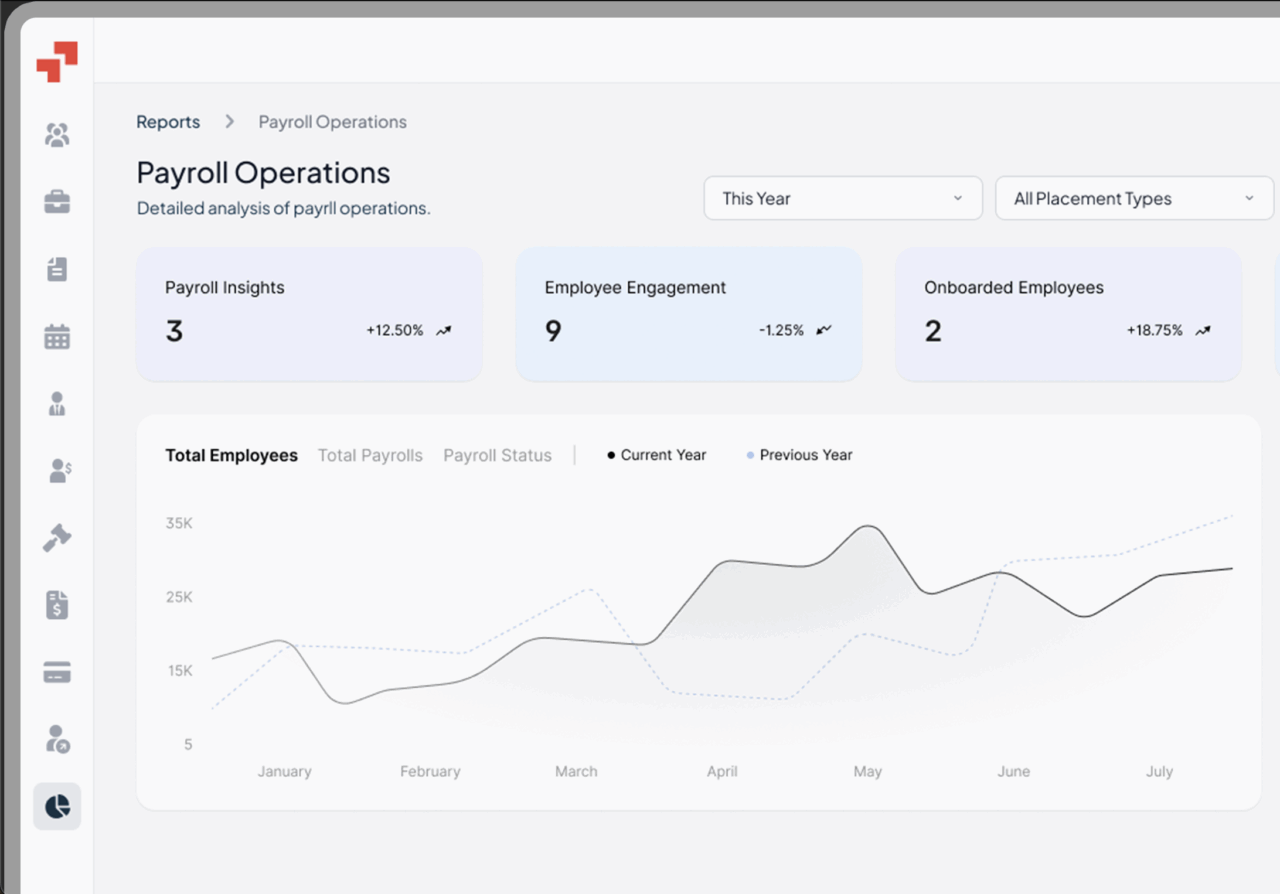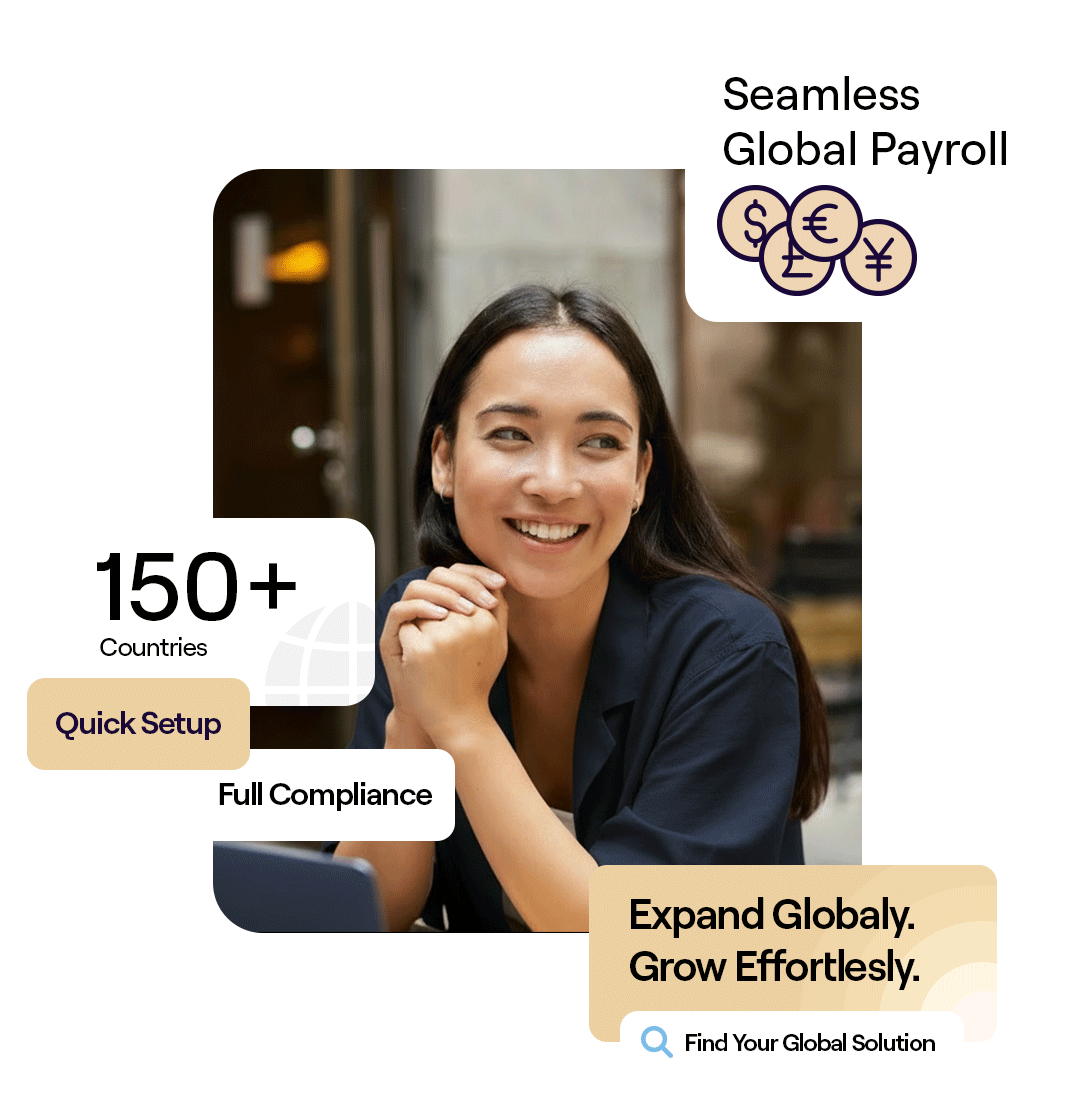Global Workforce GlossaryCareer Mobility
Related Terms
Employee Mobility
Global Mobility
Secondment
Rotational Assignment
Employee Transfer
Career mobility refers to how easily employees can move within or outside an organization to pursue new roles and growth opportunities. It can be upward (promotions), lateral (role changes), or even cross-industry shifts. Strong career mobility benefits both employers—through retention and agility—and employees—through skill development and advancement.
Table of Contents
- What is career mobility?
- What is internal career mobility?
- How could mobility play a part in choosing a career?
- What is career mobility partnership?
- What is career mobility program?
- What is the meaning of work mobility?
- What is another name for career mobility?
- Define job immobility
- What is employee mobility process?
- What are the types of career mobility?
- What is career mobility in a corporate hierarchy?
- Example of Career mobility
- Practical Case Study: Career Mobility in Action
- How PamGro Supports Career Mobility
What is career mobility?
Career mobility is the ability of employees to move across roles, functions, or levels within their career pathways.
It reflects how flexible and adaptable a workforce is when pursuing career advancement or career growth. Career mobility is important for both employees and organizations because it creates career mobility opportunities while helping businesses remain competitive.
For individuals, career mobility supports career development by providing access to continuous learning, cross functional projects, and development opportunities. For employers, it ensures an adaptable workforce that can evolve with business needs. By aligning career goals with clear career paths and career pathways, companies build long-term engagement and retention while employees achieve meaningful career growth.
What is internal career mobility?
Internal career mobility happens when employees move to new roles within the same company. It can include promotions, lateral moves, or project-based assignments. Internal mobility is one of the most effective career mobility programs because it supports both career advancement and employee engagement.
Organizations that prioritize internal career mobility open career mobility opportunities for employees while improving employee retention and reducing external hiring costs. Employees benefit from development opportunities that align with their career goals. By building career pathways and investing in continuous learning, businesses create an adaptable workforce that thrives in dynamic markets.
How could mobility play a part in choosing a career?
Career mobility plays a critical role in how individuals choose their career pathways. People often evaluate whether a career offers development opportunities, career advancement, and continuous learning before committing to it. A career with strong career mobility opportunities provides long-term career growth and adaptability.
For example, a professional entering the technology industry might prioritize whether companies support cross functional projects, reskilling, and career development programs. When career mobility is important in a role, it allows employees to adjust career goals over time and pursue advancement without leaving the organization.
What is career mobility partnership?
A career mobility partnership is a collaboration between employers, employees, and sometimes external organizations to promote career development and career mobility programs. These partnerships ensure that both individual career goals and company objectives are supported.
For businesses, partnerships often involve training providers, universities, or industry groups that deliver continuous learning and development opportunities. Employees benefit through structured training programs and career pathways that enhance career growth, career advancement, and gain exposure to new skills. A career mobility partnership demonstrates why career mobility is important in building an adaptable workforce ready to meet changing demands.
What is career mobility program?
A career mobility program is a formal initiative that organizations use to create career mobility opportunities. These programs often include mentorship, reskilling, cross functional projects, succession planning, and employee development initiatives.
Strong career mobility programs align with employee career goals while providing career development resources such as continuous learning platforms. They help companies retain top talent, strengthen leadership pipelines, and support skill development, fostering an adaptable workforce. For employees, these programs deliver development opportunities and clear career pathways that lead to long-term career growth and career advancement.
What is the meaning of work mobility?
Work mobility refers to the flexibility employees have to move across roles, geographies, or industries. It extends beyond career development by encompassing geographic relocation, remote work, and short-term assignments.
Work mobility creates additional career mobility opportunities for employees, while companies benefit from building an adaptable workforce. For individuals, it’s closely tied to career goals such as continuous learning and gaining diverse experiences. For employers, supporting career mobility initiatives and encouraging work mobility strengthens global workforce planning and ensures alignment with future career pathways
What is another name for career mobility?
Another name for career mobility is “talent mobility.” In some cases, it’s also referred to as workforce mobility or professional mobility. Regardless of the term, the concept emphasizes career development, career advancement, and career growth.
Employers often design career mobility programs under these terms to create career mobility opportunities. Employees gain access to development opportunities, continuous learning, and cross functional projects, which all contribute to building an adaptable workforce.
Define job immobility
Job immobility describes a situation where employees lack career mobility opportunities and remain in the same role without development opportunities or career advancement. Job immobility often leads to disengagement, high turnover, and limited career growth.
From a company perspective, job immobility reduces the effectiveness of career development programs and restricts succession planning. Employees without access to career pathways or career goals become frustrated. Addressing job immobility through structured career mobility programs is important for creating an adaptable workforce and improving retention.
What is employee mobility process?
The employee mobility process refers to the structured steps organizations use to move employees across career pathways. This process may include promotions, lateral transfers, cross functional projects, and reskilling initiatives.
Career mobility programs support this process by aligning with employee career goals. For employees, it offers career development opportunities, career advancement, and continuous learning. For companies that foster career mobility , it builds an adaptable workforce prepared to meet business challenges while providing employees with long-term career mobility opportunities
What are the types of career mobility?
There are three major types of career mobility:
- Vertical mobility: Moving upward in the corporate hierarchy, reflecting career advancement.
- Lateral mobility: Moving across functions or departments, often through cross functional projects.
- Geographic mobility: Relocating for roles across regions or countries.
Each type creates career mobility opportunities and supports career development. For employees, it allows personal growth through continuous learning and alignment with career goals. For employers, it ensures an adaptable workforce and helps in succession planning. These types illustrate why career mobility is important for both employees and businesses
What is career mobility in a corporate hierarchy?
Career mobility in a corporate hierarchy refers to how employees progress upward or laterally within an organization. It includes vertical career advancement and lateral moves that expand skills through cross functional projects.
Employers who invest in career mobility programs create development opportunities for employees to follow career pathways aligned with business needs. This strengthens leadership pipelines and creates an adaptable workforce. Employees achieve career growth while businesses maintain agility, proving why career mobility is important in modern corporate hierarchies.
Example of Career mobility
Imagine an employee starting as a sales associate, moving into product management through cross functional projects, and later becoming a regional manager. This journey highlights how career mobility programs support career development and career advancement while aligning with business needs.
By providing continuous learning and clear career pathways, the company gives employees career mobility opportunities that encourage long-term career growth. This example illustrates why career mobility is important for creating an adaptable workforce capable of meeting evolving challenges.
Practical Case Study: Career Mobility in Action
A mid-sized SaaS company struggled with retention and leadership gaps. Employees reported limited development opportunities and unclear career pathways. Job immobility was causing high turnover, and competitors were attracting top talent.
To address this, the company launched a career mobility program. It included:
- Cross functional projects to help employees build new skills
- Mentorship programs tied to employee career goals
- Continuous learning resources through partnerships with training providers
- Career pathways mapping so employees saw clear advancement opportunities
- Global assignments to build an adaptable workforce
Within two years, 60% of leadership positions were filled internally, employee engagement scores improved by 30%, and retention rates increased significantly. Employees achieved career growth and career advancement while aligning personal career goals with organizational success.
This case proves why career mobility is important: it transforms a static workforce into one with dynamic career mobility opportunities, continuous learning, and sustainable development opportunities.
How PamGro Supports Career Mobility
At PamGro, we recognize that career mobility is essential for scaling globally and keeping employees engaged. When businesses expand internationally, they need not just talent acquisition but also career mobility programs that ensure long-term success.
PamGro helps companies:
- Build career mobility opportunities across borders
- Design career development programs that include continuous learning and reskilling
- Support career advancement through structured career pathways
- Facilitate cross functional projects that create an adaptable workforce
- Provide compliance, payroll, and HR infrastructure for international expansion
With PamGro, businesses can focus on career goals and employee engagement while we handle the complexity of building global career mobility programs. Whether you need to retain top talent, expand into new markets, or align employee career growth with business strategy, PamGro delivers the expertise to make it happen.
Hire the Best Talent, Anywhere






